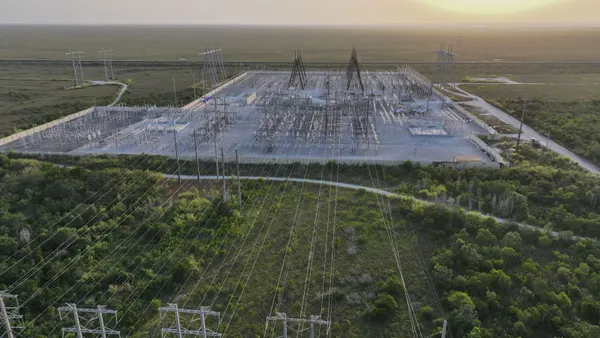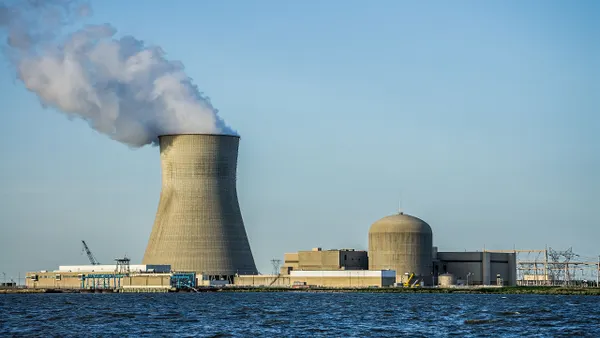During 20 years of government service, my highest mission was to ensure safe, reliable and affordable energy for my constituents. Over the past few months, policymakers and stakeholders — encouraged by the Department of Energy’s order to consider the need for resilience in the system — have debated the future of our electric grid. There’s wide agreement that markets are the best way to minimize consumers’ bills. That’s been my philosophy as legislator and as utility regulator. But, with evolving technology, new sources of fuel for power generation, state mandates and federal subsidies, what worked for consumers just a few years ago will not work today.
During my tenure on the Federal Energy Regulatory Commission (FERC), I worked closely with the FERC-regulated Regional Transmission Organizations (RTOs). PJM Interconnection, the largest RTO and electricity market in the country, serves 65 million customers in the mid-Atlantic and parts of the Midwest. As presently written, PJM’s market rules compel some electricity generators that provide low-cost power throughout the day to run at hours when prices are at zero or even negative (usually at night) to assure they are available when demand from customers is greatest (usually during the day).
Electricity generators such as nuclear reactors are not engineered to simply turn off during low or negatively priced hours. Under PJM’s current market rules, these units cannot recover the cost of operating in the low-demand periods, even as they are necessary to serve load.
In the near term, these inaccurate prices (electricity is a valuable product and cannot be worth zero or less) distort the markets and lead to inefficient operating decisions by the generators. This hurts consumers in the long-term because these generators could be forced to retire prematurely and be replaced by more expensive resources.
As you’d expect, the technical experts at PJM’s proposal is technology-neutral, applying to all resources, including fossil-fuel fired, nuclear and renewables.
There is broad support for fixing this problem. The Department of Energy cites this as the lead policy recommendation of its grid reliability study. Similar solutions have already been implemented in electricity markets in New England and the Midwest.
A deadline for PJM
PJM deserves credit for proposing a solution to the under-compensation problem and has spent over a year collecting stakeholder feedback and refining the plan. It is my experience, though, that policy problems are rarely resolved absent a deadline for action. FERC should give PJM a timeline with a concrete deadline — no more than 90 days — for solving this problem. In the words of Senator Lisa Murkowski (R-AK), chair of the Senate’s Energy and Natural Resources Committee, FERC should recognize “that we need to move beyond technical conferences and more white papers” and see “clear action.”
The proposed remedy will help keep some plants from retiring while state and federal policymakers work on longer-term solutions. This fix will help increase energy market efficiency, ensuring accurate, transparent prices that will benefit both consumers and suppliers. It will help power producers continue to deliver the reliable, affordable and clean electricity that Americans need and deserve.
A well-crafted solution to distortions in the marketplace is not “anti-market.” I’ve been an advocate of electricity markets going back to my Arizona Senate days. In the 1990s, when pro-market policies were implemented, the sole variable was cost. Later, policy-makers began to consider the environmental impacts of power generation, and rightly so. I can assure you Arizona’s electric competition proposals in the last century did not and could not have foreseen negative power prices at noon or 2:00 am.
The collision of volatile pricing during the day with the realities of electrical engineering is to me most unsettling. PJM’s proposal is to fix a flaw rather than dismantle the electricity market. PJM has identified a problem that renders the status quo unjust and unreasonable. It should be resolved right away.
Marc Spitzer served as a member of the Arizona Corporation Commission from 2000-2006, the Federal Energy Regulatory Commission from 2006-2011 and four terms in the Arizona State Senate. He is now a partner at Steptoe & Johnson LLP.













